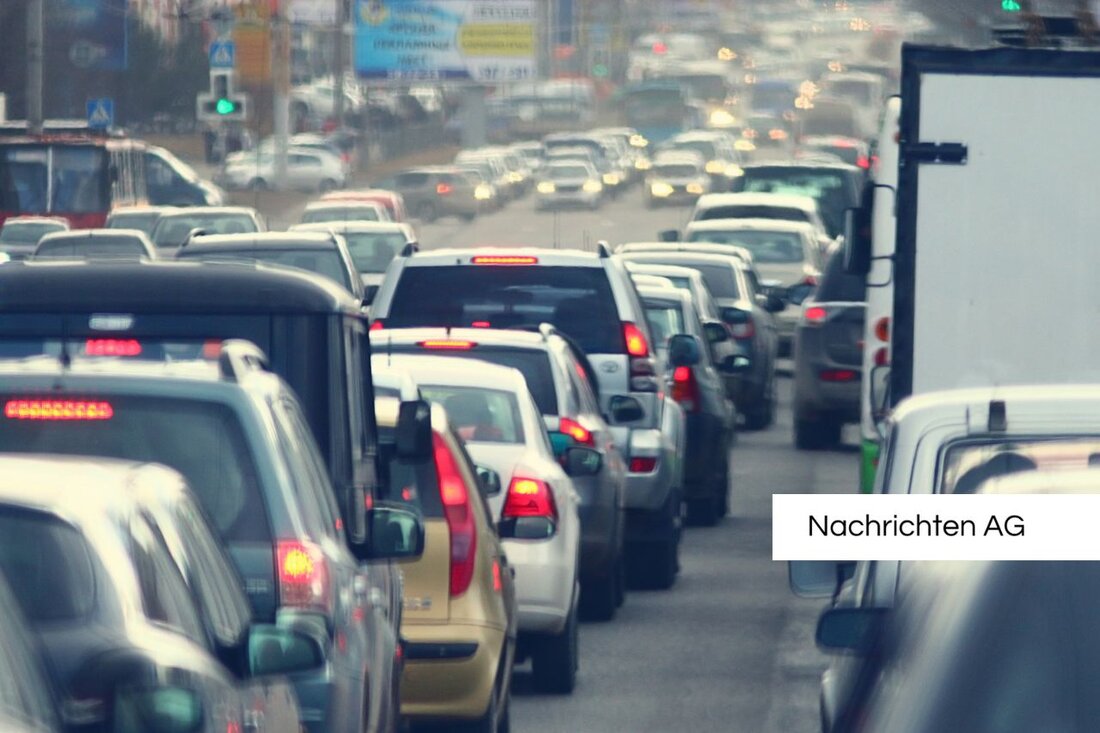Connected cars of the future: think new traffic for less traffic jams!
Connected cars of the future: think new traffic for less traffic jams!
Monash University, Malaysia - In recent years there has been great progress in the world of autonomous and networked vehicles. An exciting example is the new traffic simulation model that at Monash University in Malaysia under the direction of Dr. Susilawati was developed. This model aims to make traffic in urban areas more fluent and helps to manage the challenges of daily commuting. According to Monash University The model simulates the interaction between human-controlled vehicles (HDVS), networked vehicles (CVS) and autonomous vehicles (CAVS) on signaled roads. This is particularly important, because urban traffic not only contributes to the waste of time, but also for air pollution and waste of energy.
The innovative simulations allow the vehicles to exchange information about speed and acceleration via so-called vehicle-to-vehicles (V2V) communication. A central concept is "car-following", in which vehicles adapt their speed and distance to the vehicle in front. With the increasingly intelligent transport system it becomes clear that compliance with traffic rules by the networked vehicles is crucial for improving the flow of traffic. The results show that a higher distribution of CVS and CAVs leads to better traffic results and significantly reduces the stowage pages.
The role of digitization in mobility
The topic of networked and automated mobility (CAM) is not only becoming more important in Malaysia, but also in Europe and beyond. Such technologies revolutionize the mobility sector, such as the European Commission . Various actors work together here to develop a common vision for the use of autonomous vehicles that can operate without human intervention. The strategies also focus on important points such as cyber security and data protection to protect the vehicles and their users.
digital technologies such as artificial intelligence and Internet of Things play a key role in this transformation. For example, the European Commission promotes the creation of cross-border corridors for 5G tests in order to optimize the performance of networked vehicles along important traffic arteries. The interaction of innovation initiatives, such as the 5G automotive Alliance, ensures that the industry continuously progresses.
also: the advantages for everyday life
The digitization of the mobility sector is also intensively pursued in Germany. Here the focus is on how advanced technologies can improve people's quality of life. Because modern vehicles are often connected to the Internet and provide real -time information about traffic, weather and road conditions. The Federal Ministry of Digital and Transport emphasizes that intelligent traffic systems are absolutely necessary, to master the challenges of the 21st century.
The development of smart transport infrastructures is pursued to enable people without a driver's license to participate in road traffic. At the same time, the shortage of skilled workers in the mobility industry is discussed, so that the demand for innovative solutions remains high. Research funding plays a central role in this development and is considered a key to transfer the new technologies into regular operation.
summarized it can be said that the introduction of networked and autonomous vehicles is not only a technical progress, but also has far -reaching social changes. The combination of research initiatives, modern technologies and strategic planning forms the basis for making our transport networks safer, greener and more efficient.
| Details | |
|---|---|
| Ort | Monash University, Malaysia |
| Quellen | |


Kommentare (0)